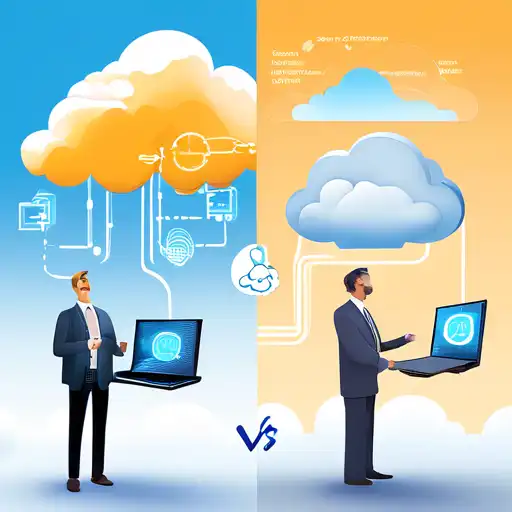Edge Computing vs Cloud Computing: Unveiling the Differences
In the rapidly evolving world of technology, understanding the distinctions between edge computing and cloud computing is crucial for businesses and individuals alike. Both paradigms offer unique advantages and cater to different needs in data processing and storage. This article delves into the key differences, helping you make an informed decision on which technology suits your requirements best.
What is Edge Computing?
Edge computing refers to the processing of data near the source of data generation, rather than relying on a centralized data-processing warehouse. This approach minimizes latency, reduces bandwidth use, and enhances real-time data processing capabilities. It's particularly beneficial for IoT devices, autonomous vehicles, and other applications requiring immediate data analysis.
What is Cloud Computing?
Cloud computing, on the other hand, involves the delivery of computing services—including servers, storage, databases, networking, software—over the internet ('the cloud'). It offers scalability, flexibility, and cost-efficiency, making it ideal for businesses looking to leverage powerful computing resources without the need for physical infrastructure.
Key Differences Between Edge and Cloud Computing
- Latency: Edge computing significantly reduces latency by processing data closer to its source, whereas cloud computing may introduce delays due to data transmission to and from centralized servers.
- Bandwidth: By processing data locally, edge computing reduces the need for constant data transmission to the cloud, saving bandwidth.
- Scalability: Cloud computing excels in scalability, allowing businesses to easily adjust resources according to demand. Edge computing, while efficient, may require additional local infrastructure to scale.
- Security: Edge computing can offer enhanced security for sensitive data by keeping it local, but cloud computing providers invest heavily in security measures to protect data in transit and at rest.
Choosing Between Edge and Cloud Computing
The choice between edge and cloud computing depends on your specific needs. If your priority is low latency and real-time processing, edge computing may be the way to go. However, for scalable, flexible, and cost-effective solutions, cloud computing remains a strong contender. Many organizations find that a hybrid approach, leveraging the strengths of both, offers the best of both worlds.
Future Trends
As technology continues to advance, the lines between edge and cloud computing may blur, with innovations like edge-cloud convergence gaining traction. Staying informed about these trends is essential for leveraging the full potential of computing technologies.
In conclusion, both edge and cloud computing have their place in the modern digital landscape. By understanding their differences and applications, you can better navigate the complexities of today's technology-driven world.
